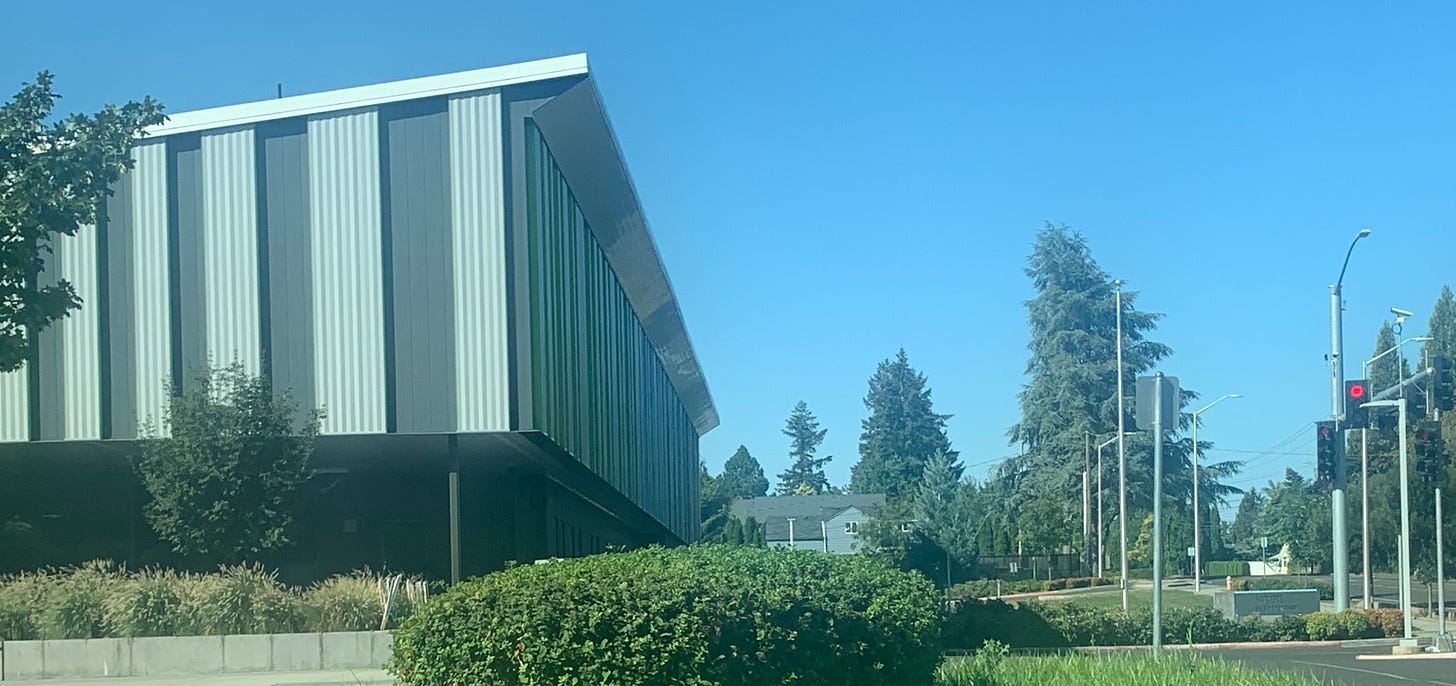Redefine and emphasize basics to boost public education
Instead of arguing about culture and subjects that aren’t even taught, schools should improve math and technology education and boost mentorship programs
Public schools are at a critical inflection point in the United States. Almost everyone agrees that school shutdowns during Covid-19 stunted students’ progress, whether you view the shutdowns as necessary or unwise. The pandemic also drove more teachers from a profession that already was struggling to attract new talent. And political polarization has turned many subject areas into mine fields.
Though I support some school choice proposals, especially those that emphasize public charter schools and broader freedom to move from one public school to another, school choice alone is not the answer to public schools’ struggles. Another movement popular in some circles is a return to emphasizing the “basics,” what we used to call the three Rs – reading, writing and rithmetic. (Yes, that emphasis ignored spelling for the sake of alliteration.) While there’s no single “solution” to public education, basics are more important than distracting, mostly irrelevant discussions about culture-war topics like critical race theory. But the first step is to redefine basics.
The basics have changed. To prepare students for a rapidly changing workplace and a world facing ever more complex problems, we need to focus on the three Ms: mentorship, math and the metaverse.
Mentorship
Those who rightfully seek more equity in schools promote a range of policy proposals. Creating schools that truly offer equal opportunity is a noble goal. But there’s one inequity that’s especially difficult to address. Students with active, involved parents have the biggest advantage of all. For more than a half century, studies have confirmed this advantage even as schools and culture have changed.
Some of the same studies have shown that a close teacher-student relationship can help offset the parental support gap. Unfortunately, some of those studies show that the students with involved parents also are more likely to have close relationships with teachers. This dynamic creates a huge opportunity gap for students without adequate parental support.
One way to close the gap is through mentorships. Research shows that mentorships boost student performance. The problem, there are not nearly enough mentors. The National Student Engagement, Assistance and Success Center seeks to help recruit mentors and match them with schools and students. Mentorships models like these need to increased emphasis and support.
Math
Most of the hardest-to-fill jobs, as tabulated by job-search firms and the Labor Department, require some level of math skill. This is true both for skilled-labor jobs that do not require college such as electricians, welders and mechanics and degree-dependent occupations such as various fields of information technology, engineering and health care. These jobs generally offer high pay and, with the exception of health care, good work conditions. Most hard-to-fill jobs that don’t require math skills (truck drivers, retail, some sales positions) generally are shunned at least in part because of low pay and difficult work conditions.
Improving math education would both create more opportunities for students when they enter the work force and help address the labor shortage. The best way to improve math competency is to increase the number of highly trained math educators. Class-size matters in all subject areas, but it is especially important in math because students learn at widely different paces and often require one-on-one help to grasp concepts.
The Metaverse
Few would question the importance of technology in education, but there is debate about the best way to use it. Gary Conkling also touched on the importance of technology in his column Wednesday, suggesting that it be used to supplement, not replace, individual instruction. I agree, but there’s another important step. Educators need to align their use of technology and instruction of how to use technology with real-life applications. That (and alliteration) is why I labeled this section as (the metaverse). Technology affects all aspects of modern life, and students need to be able to apply it in all settings. The goal isn’t just to teach them how to use technology (in some cases they already use it better than teachers) but how to develop new technological applications.
Mark Hester is a retired journalist who worked 20 years at The Oregonian in positions that included business editor, sports editor and editorial writer.


